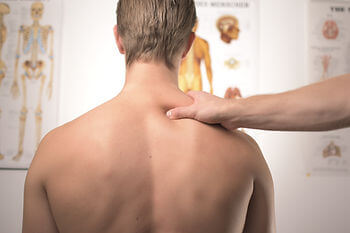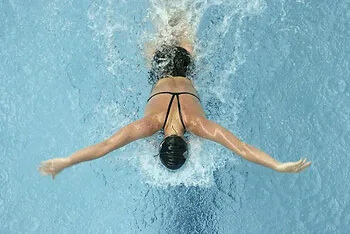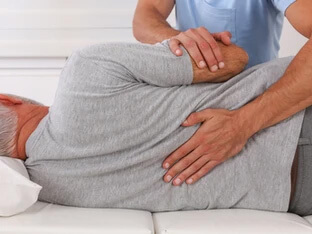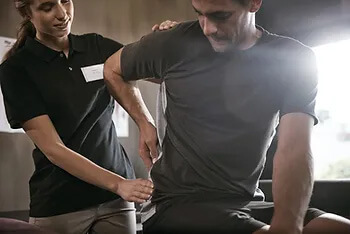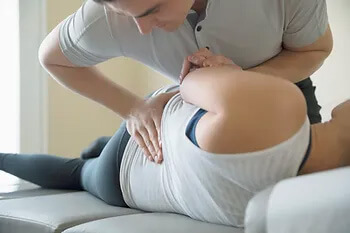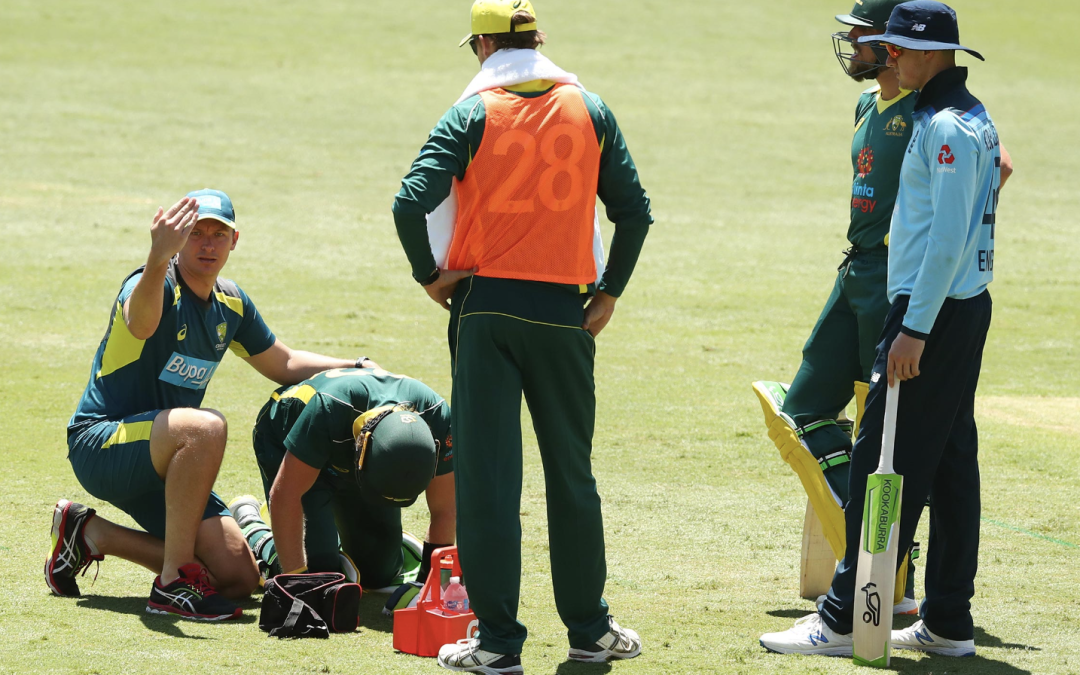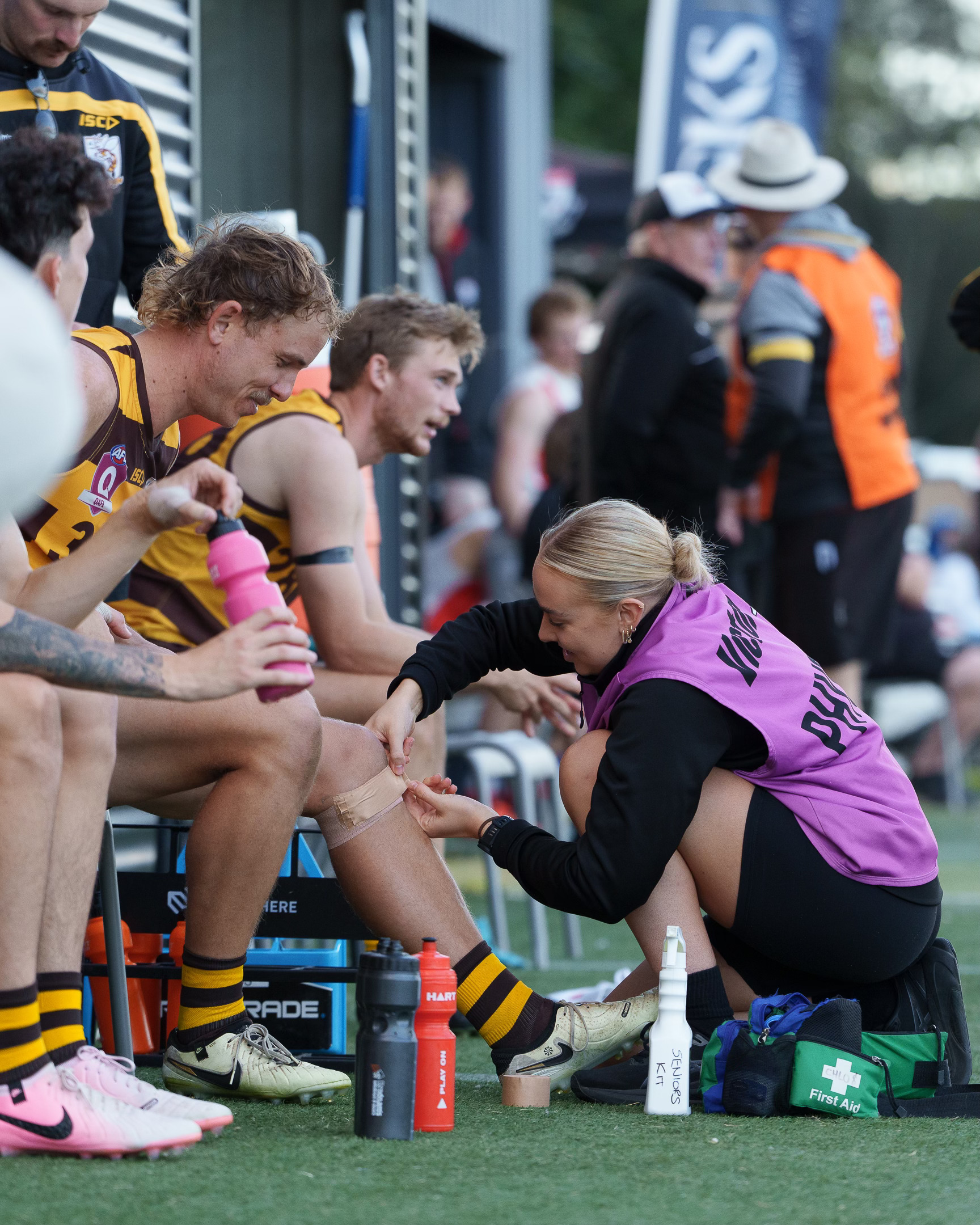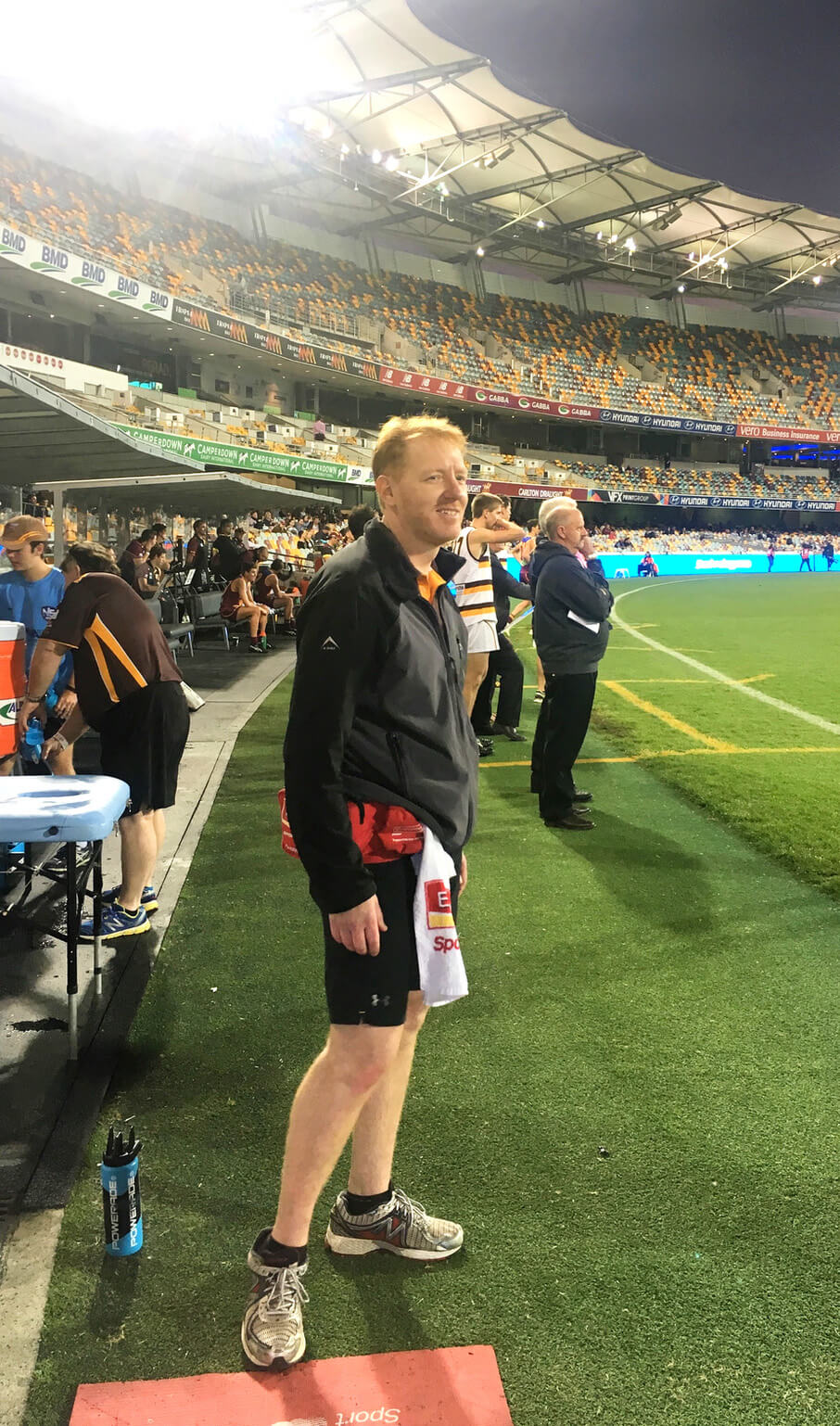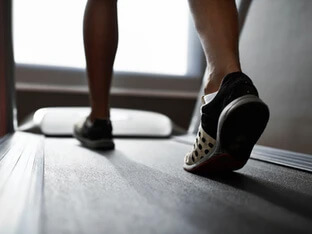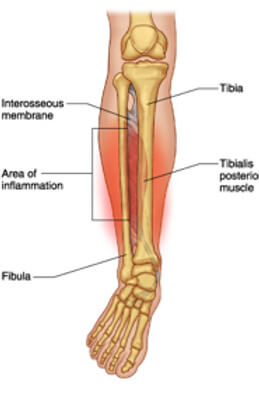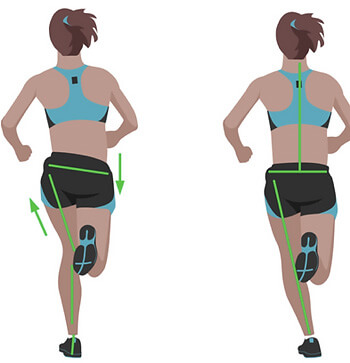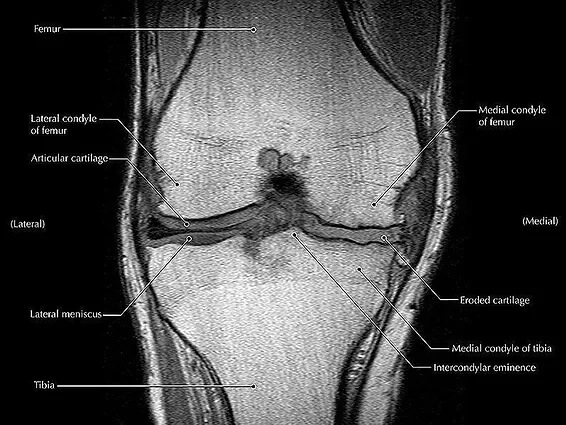
FACT OR FICTION FRIDAY || Knee Pain and Scans
Answer: FICTION 🙊
“Osteoarthritis” is a common term that gets used by our patients as an explanation of their knee pain. But is this always the case 🤔?
🔍In a recent systematic review estimates of osteoarthritis feature prevalence on MRI among asymptomatic uninjured knees were up to 14% in adults < 40 years, and up to 43% in adults > 40 years!
Whilst features on MRI imaging such as cartilage defects, meniscal tears and osteophyte lesions can potentially play a role if you have pain, this should always be interpreted in the context of your clinical presentation by a health care professional as these changes can be normal in an asymptomatic population – just like grey hair as we age 👴👵!
If you have knee pain and have resigned yourself to a ‘life sentence’, come and have a chat to one of our physios to ensure you aren’t robbing yourself of a full functioning future 🕺🏃🏌️🏄🏋️🏊🚴🏂🎾! Call 07 3102 3337 or book online
#kneeoa #praxisphysio #factorfictionfriday #preventprepareperform #kneepain #kneeosteoarthritis #mri #fullfunctionfuture
Reference:
Culvenor AG, Øiestad BE, Hart HF, et al Prevalence of knee osteoarthritis features on magnetic resonance imaging in asymptomatic uninjured adults: a systematic review and meta-analysis British Journal of Sports Medicine 2019;53:1268-1278.

